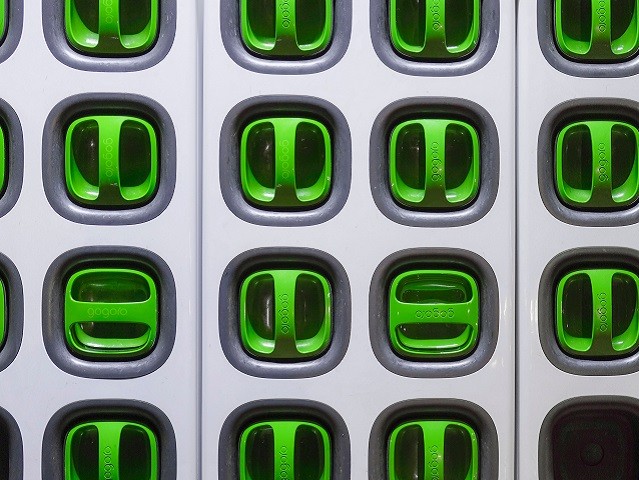Innovative green batteries
Rechargeable batteries can play a key role in our path toward a more sustainable and green economy, to store the energy produced by renewable sources and reduce greenhouse gas emissions. AMAPOLA is a FET Proactive project funded under the EIC Transition to Innovation Activities and it fosters the developments achieved in the Pathfinder (FET-Open) project SALBAGE towards real applications and market. The researchers are analysing the combination of sulfur and aluminium in a battery, which is interesting because of the abundance of both elements in the earth's crust. The Al-S cell has very high prospective values of energy density of 660 Wh/l and specific energy of 400 Wh/kg, taking advantage of the incorporation of innovative polymer gel electrolytes (PGEs) based on novel highly conductive and inexpensive deep eutectic solvents (DES) for a cheaper, lighter, tougher and safer battery concept. The consortium is coordinated by HEMPOL group (ICTP-CSIC) and integrated by researchers from University of Leicester, Graz University of Technology (TUGraz), University of Southampton and Technical University of Denmark (DTU), the battery company Varta Microinnovation and the SME Tech2Market. Another EU project, called VIDICAT and supported by the FET/EIC Pathfinder programme, is developing a new concept for reliable and safe calcium batteries and a material concept based on nanocomposite ionomers, which will offer highly stable electrolytes. Currently, most energy storage mechanisms rely on lithium batteries (LiB) as a solution in electronic instruments and vehicles, and stationary storage plants. But in future, the growing demand for storage will exceed the limited lithium resources. This calls on alternative solutions, such as sodium, magnesium or calcium technologies. This represents the challenge that VIDICAT is trying to tackle with its breakthrough research to develop calcium batteries. The advantages of calcium batteries lie in the high availability of calcium in nature and in its safety. The implications of the innovative approach are huge: it will help the EU build its low-carbon energy capacity and energy independence. Background information FET-Open and FET Proactive are now part of the Enhanced European Innovation Council (EIC) Pilot (specifically the Pathfinder), the new home for deep-tech research and innovation in Horizon 2020, the EU funding programme for research and innovation.
Keywords
rechargeable, batteries, future technologies, energy



